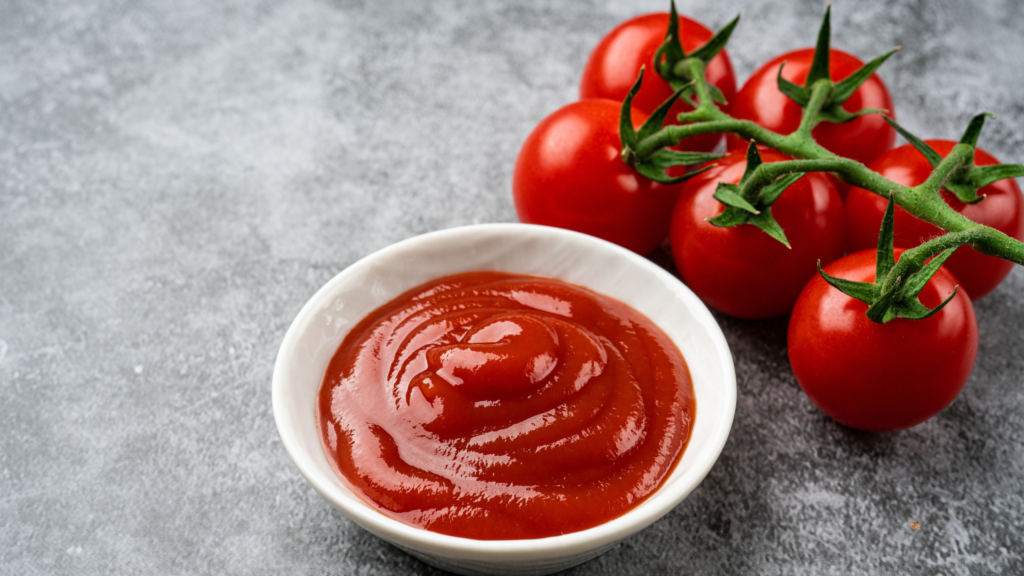It was fascinating for me to recently learn that ketchup was once sold as medicine. Long before this ubiquitous condiment was used in fast-food meals and backyard barbecues, it was part of an ancient Chinese recipe to ferment seafood into a salty savory sauce that physicians at the time believed to be medicinal. British sailors later brought this creation back home when it was modified with walnuts and mushrooms. It wasn’t until the early 1800s that it started to take on the form of tomatoes through a horticulturist in Philadelphia.
There was a massive craze around tomatoes, which had become the first super food, with the thought that it would cure indigestion and other stomach ailments. There were even ketchup pills, and the fad continued well into the 1850s. The Aztecs used to believe tomatoes had powerful magical properties that could ward off evil and cure diseases, while in the 16th century, Spanish conquistadores brought tomatoes to Europe where it eventually became a staple of Italian cuisine. In 1876, Heinz was the first company to actually release ketchup commercially as a tomato-based product. Initially known as catsup, Heinz started to promote it as ketchup and the name caught on.
However, there are competitors that would rather avoid that iconic re-branding and continue to advertise their product as catsup. In recent years, however, the medicinal value has been re-evaluated. We now know that tomatoes and tomato products are loaded with malic and citric acid that produce too much gastric acid in the stomach. One interesting side note is that ketchup was embroiled in controversy in the 1980s when the Reagan Administration deemed the condiment a vegetable for school lunch programs.
Related Articles:
More grownups are buying toys to capture childhood memories
Infusion therapy bars serving as the latest wellness craze
